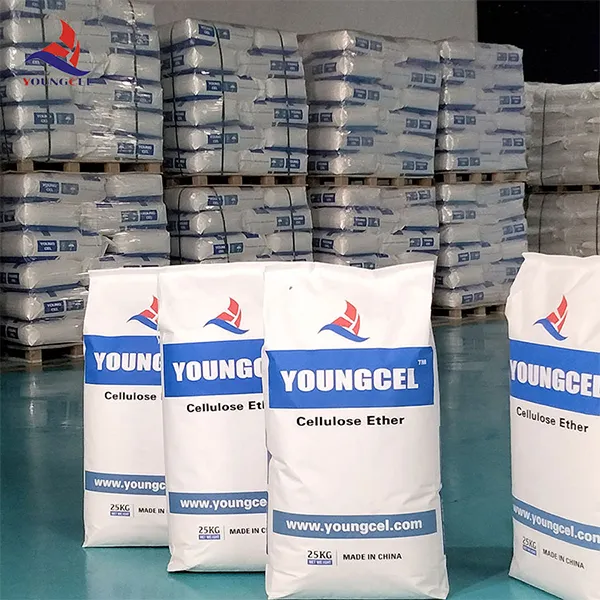Understanding Cellulose Ethers Composition, Applications, and Benefits
Cellulose ethers are a group of derivatives derived from cellulose, a natural polymer found in the cell walls of plants. These versatile compounds are formed by the etherification of cellulose, where hydroxyl groups are replaced with ether functional groups. The most common types of cellulose ethers include methylcellulose (MC), hydroxypropyl methylcellulose (HPMC), and carboxymethyl cellulose (CMC), each boasting unique properties and applications.
Composition and Properties
Cellulose ethers retain the inherent structure of cellulose, making them excellent thickeners, stabilizers, and emulsifiers. The degree of substitution and the type of substituent groups influence their solubility, viscosity, and gel-forming capabilities. For instance, methylcellulose is soluble in cold water and forms a gel upon heating, making it incredibly useful in various food and industrial applications. Hydroxypropyl methylcellulose offers enhanced water retention and film-forming properties, while carboxymethyl cellulose is known for its exceptional thickening abilities and is often utilized in the pharmaceutical and food industries.
Applications Across Industries
The versatility of cellulose ethers has led to their widespread use across multiple sectors. In the food industry, they serve as thickeners and stabilizers, enhancing texture and consistency in products such as sauces, dressings, and ice creams. They help retain moisture, improve mouthfeel, and extend shelf life, making them invaluable in food formulation.
In the pharmaceutical domain, cellulose ethers are employed as excipients in solid dosage forms, such as tablets and capsules. Their ability to control the release of active ingredients ensures optimal drug delivery and efficacy. Additionally, they are utilized in the preparation of gels, ointments, and creams, where their thickening properties enhance the texture and stability of topical applications.
cellulos ether

The construction industry also benefits from cellulose ethers, particularly in water-retaining and thickening applications in cement-based materials. When added to mortars or plasters, they improve workability, adhesion, and resistance to cracking, ultimately enhancing the durability of construction projects.
In the field of cosmetics, cellulose ethers are prized for their film-forming properties, stability, and ability to provide a smooth texture in creams, lotions, and gels. Their use contributes to the sensory feel and overall performance of personal care products.
Environmental Considerations
As a naturally derived product, cellulose ethers possess eco-friendly characteristics. They are biodegradable and derived from renewable resources, aligning with sustainability goals in many industries. Their ability to replace synthetic additives in formulations contributes to lower environmental impact, promoting greener alternatives in product development.
Conclusion
Cellulose ethers represent a crucial class of compounds with a vast array of applications across various industries. Their unique properties, derived from their cellulose origins, make them indispensable in food, pharmaceuticals, construction, and cosmetics. As industries increasingly prioritize sustainability, cellulose ethers stand out as a viable solution, blending functionality with environmental responsibility. Their continued research and development promise exciting advancements and increased applications in the future.






